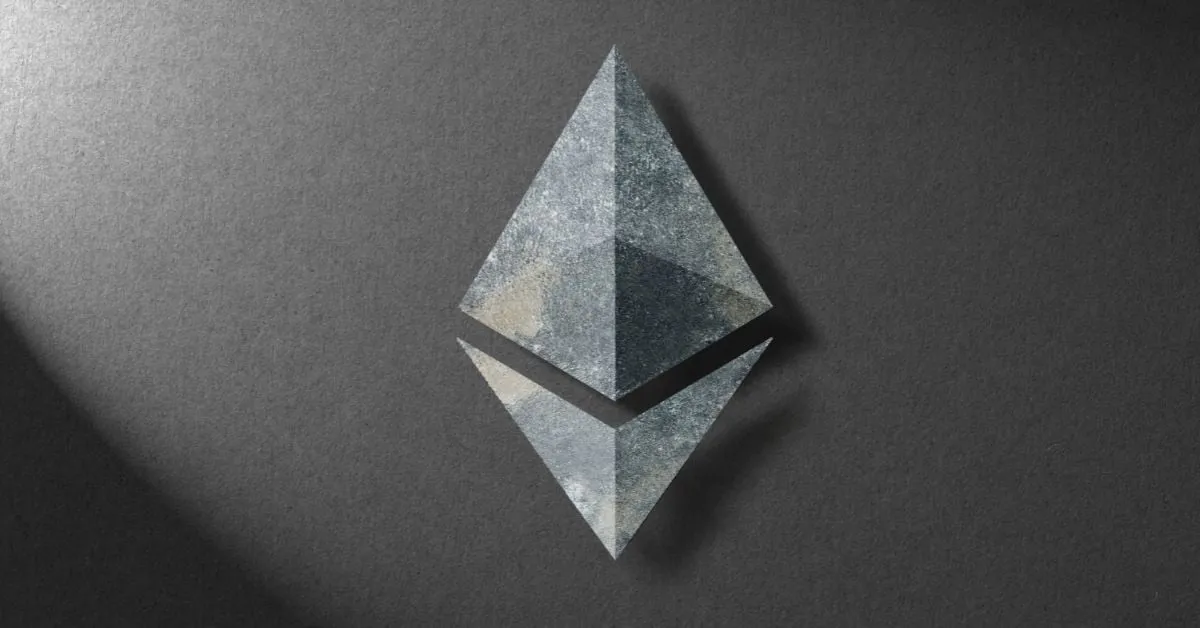The Ethereum network is said to be the fastest and most scalable blockchain after the Merge in September, effectively cementing its position as the front-runner of smart-contract networks. What will this mean for other popular competing layer-1 blockchains known as “Ethereum Killers?” If you are holding any of these coins, you might want to consider its future prospects.
The Ethereum Merge in September
Ethereum founder Vitalik Buterin addressed at the Ethereum Community Conference in Paris that the Ethereum network will hit the 55% roadmap completion level after its much-anticipated “Merge” in September. The Merge will mark the beginning of Ethereum’s proof-of-stake upgrade, potentially enabling the network to process 100,000 transactions per second (tps), according to Buterin, which is significantly higher than even centralized financial services like Visa and Mastercard.
For the longest time, the biggest problem that has been plaguing Ethereum is scalability. In its current state, Ethereum can only process 12 to 25 tps with an average confirmation time of around six minutes. As a result, the network gets congested, leading to extremely high gas fees. To address that problem, the Merge involves many protocol changes that would allow users to enjoy fast transactions and low gas fees. Buterin has even given each of these planned upgrades rhyming names which he calls the “merge”, “surge”, “verge” and “purge.“
- Merge
- Refers to combining the Ethereum mainnet with the proof-of-stake beacon chain, also known as EIP-3675.
- Surge
- Refers to the addition of Ethereum sharding, a scaling solution which will further enable cheap layer-2 blockchains and lower the cost of rollups or bundled transactions, making it easier for users to operate nodes that secure the Ethereum network. This reduces congestion on the main chain by distributing traffic to 64 shard chains.
- Verge
- Refers to the implementaion of “Verkle trees” (a kind of mathematical proof) and “stateless clients”, aimed at making the network more decentralized. These features will allow users to become network validators without having to store large amounts of data on their nodes.
- Purge
- Refers to the removal of historical data in a bid to streamline the network, also known as EIP-4444, a proposal focused on storing said historical data in execution clients such as The Graph, BitTorrent and block explorers, since relying to store everything on existing nodes can hamper scalability.
What are “Ethereum Killer” Blockchains?
“Ethereum Killers” refer to Ethereum’s competing layer-1 blockchains, namely Solana, Avalanche, Polkadot, Algorand, and Cardano. They inherited the killer name because they offer similar features to Ethereum but at significantly lower costs and faster speed.
Ethereum Killer coins have been a very popular asset to investors looking for an alternative network to Ethereum. Smart-contract platforms have been dominating the market cap in the crypto space. According to Coingecko, it is the second highest crypto category by market cap, just behind the Ethereum ecosystem.
What will happen to “Ethereum Killers” after Merge in September?
If Buterin is able to deliver what he promised, then Ethereum will most certainly be the front-runner of smart-contract networks. People will look to Ethereum to being the primary platform for DApp development, DeFi activities, NFT minting and marketplace and more.
Although Ethereum Killer coins have been pumping recently due to bullish sentiment surrounding Ethereum and its long-awaited Merge, communities are speculating whether this is just hype as competing blockchains of Ethereum will no longer have competitive advantage in terms of speed and scalability. Even until now, none of them have been able to dethrone Ethereum from its number two spot by market cap. The upcoming merge will only propel Ethereum upward, but that is if Buterin delivers what he promised. He stated that they will soon test the merge on Ropsten (Ethereum’s testnet).
The largest future problem for Ethereum will most likely remain to be scalability. Although the new system will be faster, it is unlikely to solve the issue of high gas fees immediately since network demand is likely to rise as efficiency increases. But that is not to say that gas fees will forever be expensive on the Ethereum blockchain. But until Ethereum is able to achieve high scalability, Ethereum Killer blockchains remain to be viable alternatives for fast transactions and low gas fees. We will just have to wait and see in September.

ronalthapa
Ron achieved $60,000+ (peak PnL) in airdrop rewards in 2024. He is an expert in testnet airdrop farming. If there is a points system, he knows exactly how to min-max it. Ron is also a data-driven trader, proficient in LTF price action. He hopes one day to be in the top 10 of the Bybit WSOT leaderboard.
